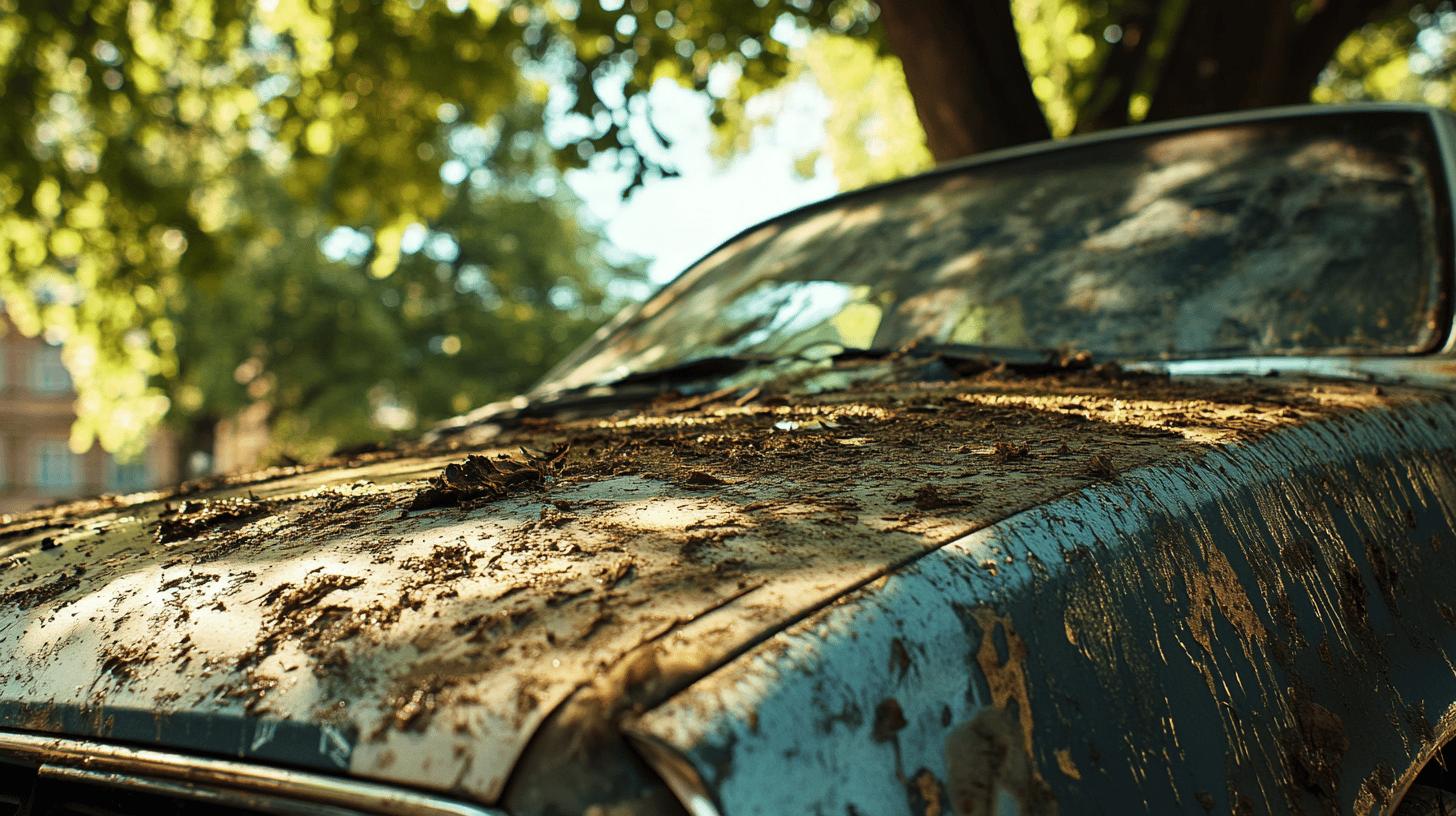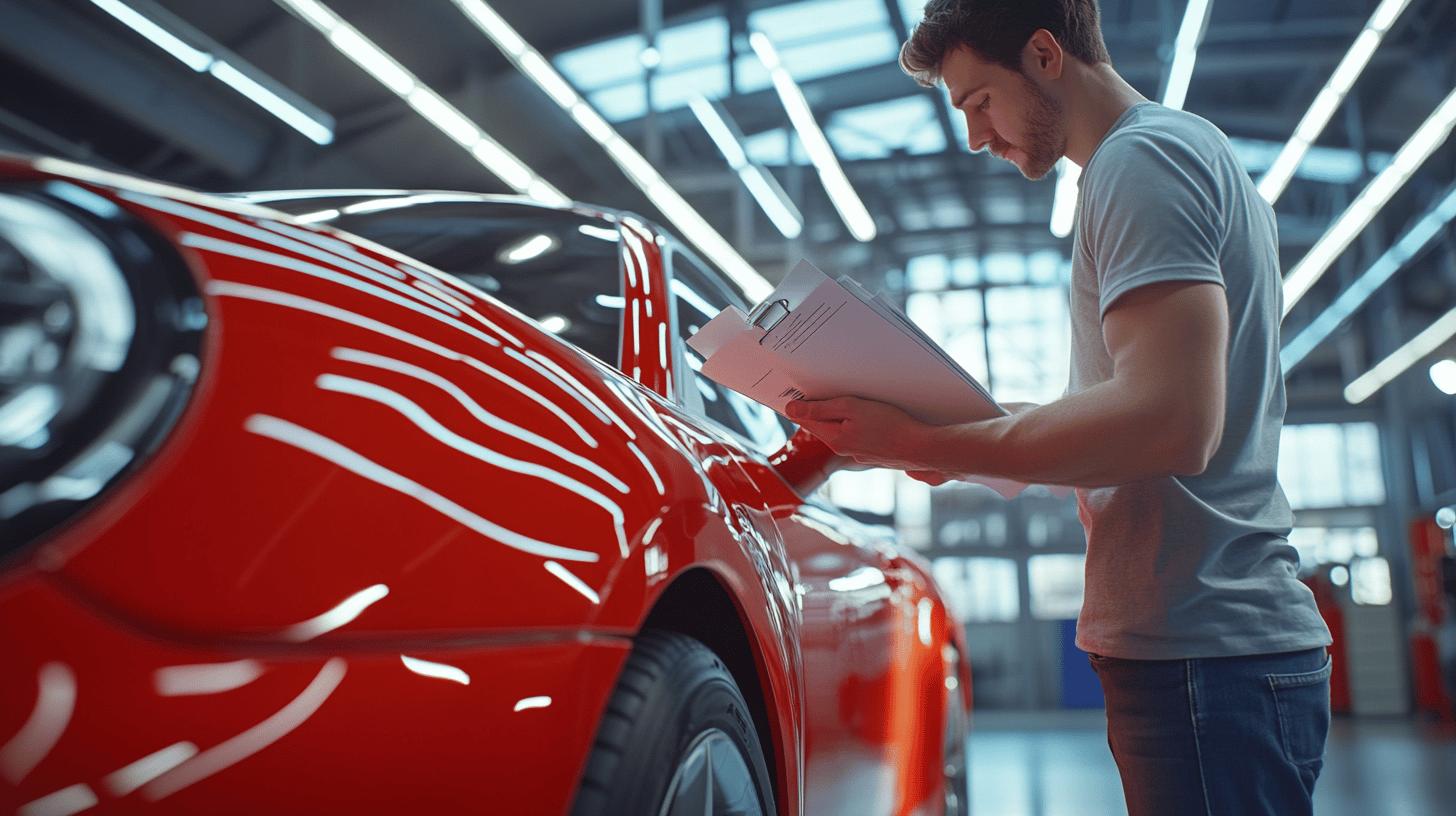Does your vehicle warranty really protect your car’s paintwork, or are you running on fumes? Many car owners believe their paint is fully covered, only to be blindsided by unexpected repair costs. This misconception can lead to costly out-of-pocket expenses if not addressed. Delving into the specifics of warranty coverage, including the limitations often buried in the fine print, is crucial to making informed decisions. In this article, we will unravel the truths and myths about paintwork warranty, helping you understand what is genuinely covered and how to protect your investment effectively.
Understanding Paintwork Warranty Coverage
Manufacturer warranties typically cover defects in the paint application, such as peeling or bubbling, for a period of three years or up to 36,000 miles. This coverage is specifically designed to address issues arising from the factory application process and not from external factors. Paintwork warranties are usually part of the broader car warranty terms that manufacturers offer to ensure the integrity of the vehicle’s appearance and functionality. However, it is important to note that these warranties often exclude cosmetic damage or surface rust, focusing instead on more significant defects that impact the vehicle’s structural or aesthetic integrity.
- Powertrain
- Bumper-to-bumper
- Corrosion or perforation
- Emissions
- Paint defects
Dealership warranty policies can significantly affect paintwork coverage. While manufacturer warranties provide a baseline, dealerships may offer additional protection plans that include more comprehensive paint coverage. These plans might cover scenarios that the standard manufacturer’s paint warranty does not, such as minor scratches or environmental damage. However, it’s crucial to thoroughly understand the warranty limitations and read the fine print to avoid unexpected expenses. Clarifying these details with the dealership ensures that consumers are aware of what is and isn’t covered, helping them make informed decisions about their warranty options.
Types of Warranties and Their Paint Coverage
Car warranties can vary significantly in their coverage, especially when it comes to paintwork. The primary types of warranties include the manufacturer’s warranty, extended warranties, and Certified Pre-Owned (CPO) warranties. Each type offers different levels of protection for paint issues, and understanding these distinctions is crucial for vehicle owners. While manufacturer warranties are generally limited to specific defects, extended and CPO warranties might provide broader coverage, though it’s important to scrutinise their terms to understand the scope of protection offered fully.
Manufacturer’s Warranty
Manufacturer’s warranties typically cover defects in the paint application, such as peeling, bubbling, or other failures due to the factory application process. This coverage is usually valid for a set period, often three years or up to 36,000 miles, whichever comes first. The focus here is on correcting issues that arise from the initial paint process rather than damage from external factors. As a result, warranty exclusions often include cosmetic damage, surface rust, and any paint issues caused by environmental elements, accidents, or misuse.
Extended and CPO Warranties
Extended and Certified Pre-Owned (CPO) warranties might offer additional paint coverage beyond what the manufacturer’s warranty provides. These warranties are often purchased separately and can extend coverage for several more years or miles. They may include protection against minor cosmetic damage and environmental factors, but this is not guaranteed. It’s essential to review the specific terms of these warranties, as they can vary widely in what they cover. Carefully examining the details will ensure that you are aware of potential warranty exclusions and can make informed decisions regarding your vehicle’s paint protection needs.
Common Paint Damage Not Covered by Warranty

Is paint damage from environmental factors covered by a warranty? Generally, no. Paint damage caused by environmental elements is typically not covered under standard car warranties. Factors such as bird droppings, tree sap, insect splatter, and extreme weather conditions like hail or acid rain can all lead to the deterioration of your car’s paintwork. These issues are considered external and accidental damage, which falls outside the scope of most manufacturer warranties. Instead, warranties are more likely to cover paint defects that arise from the application process itself, such as peeling or bubbling.
- Damage from bird droppings
- Insect residue
- Tree sap
- Weather-related wear (e.g., hail, acid rain)
- Scratches from automatic car washes
- Cosmetic surface damage
How do automatic car washes affect paint warranty coverage? Scratches and damage from automatic car washes are often not covered by warranties either. The abrasive brushes and harsh chemicals used in these facilities can cause significant cosmetic damage to the paint surface. This type of damage is considered preventable through proper maintenance and care, and thus, it is generally excluded from warranty protection. To maintain your vehicle’s paint integrity, consider hand washing or using touchless car washes to minimise the risk of avoidable damage.
How to Address Paint Issues with Warranty Claims
Experiencing paint issues on your vehicle can be frustrating, but addressing them through a warranty claim can ease the financial burden. The first step in this process is to document the paint problem meticulously. Precision is key here—take clear photographs from multiple angles and note down any relevant details, such as the size of the affected area and how long the issue has been present. This documentation is crucial as it serves as evidence during the warranty claim process and helps establish the legitimacy of your claim.
- Document the Damage: Start by taking detailed photos of the paint damage and making notes regarding the nature and extent of the issue. This evidence will be essential when presenting your claim.
- Check Your Warranty Status: Verify whether your vehicle is still under warranty and if the paint issue falls within the warranty eligibility criteria. Understanding the terms of your warranty will save you time and potential frustration.
- Contact Your Dealer: Reach out to your dealer to schedule an inspection of the paint damage. It is important to bring along all relevant documentation, including maintenance records, to support your claim.
- Attend the Inspection: During the dealer warranty inspection, present your documentation and discuss the eligibility for a warranty claim. Be clear about the issue and any previous attempts to rectify it.
- Follow-Up: After the inspection, follow up with the dealer to ensure the claim is processed in a timely manner. Keep records of all communications and any updates regarding the claim status.
If the dealer’s response is unsatisfactory or the claim is denied, you may need to seek an independent evaluation for a second opinion. An independent expert can provide an unbiased assessment of the paint damage, potentially strengthening your case for a warranty claim. This step ensures that you have exhausted all avenues for a fair resolution and can provide additional leverage if further discussions with the dealer are required.
Tips for Maintaining Your Car’s Paintwork
Regular maintenance of your vehicle’s paintwork is essential to preserve its appearance and value, especially since warranties do not cover many paint issues. Regularly cleaning the car’s exterior is crucial, as it helps to remove harmful substances like bird droppings, insects, and tree sap, which can cause paint damage if left untreated. Prompt removal of these contaminants can prevent staining and deterioration of the paint. Additionally, using a high-quality car cover can safeguard your vehicle against weather-related damage, such as UV rays and acid rain, which can fade and degrade the paint over time.
- Clean your car regularly to remove harmful substances.
- Use a high-quality car cover to protect against weather.
- Avoid parking under trees to prevent sap and debris.
- Apply a paint protection product for added durability.
- Inspect and repair minor scratches promptly.
Hand washing your car is preferred over automatic car washes, as it allows for more gentle and precise cleaning, reducing the risk of scratches and abrasions. Automatic car washes often use harsh brushes and chemicals that can cause micro-scratches, damaging the paint’s surface. By hand washing, you can control the cleaning process, ensuring that the right materials and techniques are used to maintain the paintwork’s quality and appearance. This approach not only helps preserve the aesthetic appeal of your vehicle but also avoids unnecessary repairs that warranties may not cover.
Final Words
Navigating paintwork warranty coverage requires understanding various warranty types and their specific terms. Typical warranties might cover paint defects, but knowing the exclusions, like environmental damage or cosmetic issues, is equally crucial.
Proactively maintaining your car’s paintwork through regular cleaning can help prevent damage not covered by warranty. When making a warranty claim, thorough documentation and dealer communication are key.
Understanding the question, “Is Your Paintwork Included in Your Warranty?” ensures better preparedness and proactive vehicle care strategies, ultimately enhancing your vehicle’s longevity and appearance.
Protect your car’s appearance – Contact Velocity Car Spray for expert paintwork services today!
FAQ
Is paintwork covered under a car warranty?
Paintwork is often covered under manufacturer warranties if the damage results from defects in paint application, such as peeling or bubbling, usually within three years or 36,000 miles.
Does the paint come with a warranty?
Paint warranties typically accompany new cars, covering defects in the application process. It’s essential to review warranty terms to understand specific inclusions and exclusions.
What is normally included in a car warranty?
A car warranty usually includes coverage for powertrain, bumper-to-bumper, corrosion, perforation, and emissions.
Is car paint covered under insurance?
Car paint damage may be covered under comprehensive insurance if it’s due to accidental damage, like a collision or vandalism, rather than wear and tear.
What does a 3-month warranty cover on a used car?
A 3-month warranty on a used car may cover essential components like the engine and transmission, often excluding cosmetic items or routine maintenance.
If my car is under warranty, do I have to pay for a service?
Under warranty, routine servicing costs typically remain the owner’s responsibility, while repairs for covered items are not.
If my car is under warranty, can I take it to any garage?
Warranty repairs often require service at an authorised dealership or approved service centre to maintain coverage integrity.
What does a car warranty cover in the UK?
In the UK, car warranties usually cover mechanical failures, defects in material or workmanship, and specific paint defects, provided manufacturer terms are met.

